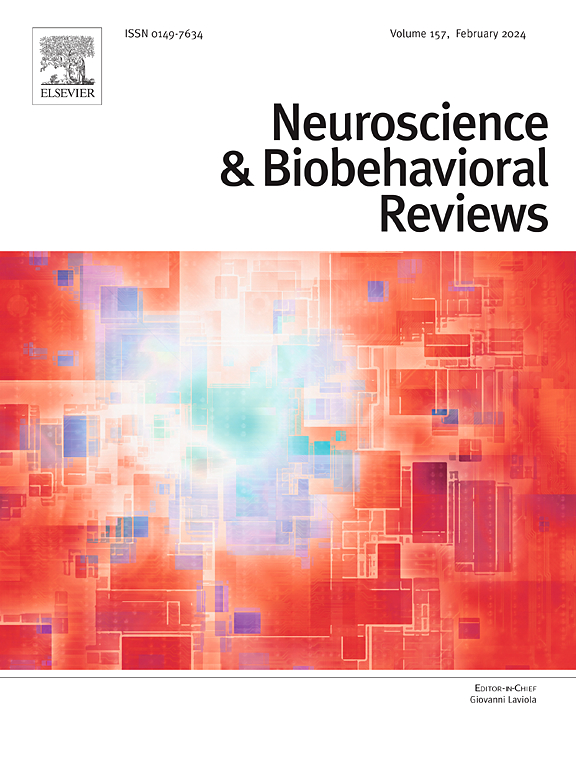Selective attention and eccentricity: A comprehensive review
IF 7.9
1区 医学
Q1 BEHAVIORAL SCIENCES
引用次数: 0
Abstract
Human vision deals with two major limitations. First, vision is strongly foveated and deteriorates with eccentricity. Second, visual attention selectively prioritizes some stimuli over others. I review the functional and neurophysiological links between attention and eccentricity across a range of protocols including spatial cueing, crowding, dual tasking, and visual search, for both spatial and feature-based attention. The main conclusions are: 1) Attention and eccentricity are intrinsically intertwined. Functionally, attention partially compensates for peripheral vision’s limits, effectively expanding the functional visual field. Neurophysiologically, attention appears tightly linked to receptive field properties across eccentricity and the visual hierarchy. 2) We must distinguish between attention as a mechanism and attention as an effect. Whereas its effects may vary, attention as a mechanism appears overall remarkably stable across eccentricity. 3) Eccentricity ranges have been severely limited. We know little about attention further into the periphery and findings beyond the effective oculomotor range have been ambiguous. 4) The spatial profile of the attentional distribution and how this is achieved remains to be determined, with evidence for gradients, Mexican hats, and rings. By default attention appears biased towards the center, but whether and in what way cognitive load aggravates this ‘tunnel vision’ remains unclear. 5) Research on feature-based attention as a function of eccentricity has been markedly underrepresented. The scarce findings suggest that it operates globally across the visual field, but to what extent it does so uniformly and how this changes the functional visual field remains unknown. Future empirical and modeling directions are suggested.
选择性注意和偏心:一个全面的评论。
人类的视觉有两个主要的局限性。首先,视力有强烈的注视点,并随着偏心而恶化。第二,视觉注意选择性地优先考虑一些刺激。我回顾了注意和偏心率之间的功能和神经生理联系,包括空间线索、拥挤、双重任务和视觉搜索,以及空间和基于特征的注意。主要结论是:1)注意力和怪癖本质上是交织在一起的。在功能上,注意力部分补偿了周边视觉的限制,有效地扩大了功能性视野。从神经生理学上讲,注意力似乎与偏心和视觉层次的感受野特性密切相关。我们必须区分作为一种机制的注意和作为一种效果的注意。尽管其影响可能各不相同,但注意力作为一种机制在整个偏心率中总体上表现得非常稳定。3)偏心范围受到严重限制。我们对外周的注意力了解甚少,在有效动眼力范围之外的发现也不明确。4)注意分布的空间分布及其如何实现仍有待确定,有证据表明存在梯度、墨西哥帽和环。默认情况下,注意力似乎偏向于中心,但认知负荷是否以及以何种方式加剧了这种“隧道视觉”尚不清楚。5)基于特征的注意力作为偏心率函数的研究明显不足。这些罕见的发现表明,它在整个视野中起作用,但它在多大程度上均匀地起作用,以及这如何改变功能性视野,仍然未知。提出了未来的实证和建模方向。
本文章由计算机程序翻译,如有差异,请以英文原文为准。
求助全文
约1分钟内获得全文
求助全文
来源期刊
CiteScore
14.20
自引率
3.70%
发文量
466
审稿时长
6 months
期刊介绍:
The official journal of the International Behavioral Neuroscience Society publishes original and significant review articles that explore the intersection between neuroscience and the study of psychological processes and behavior. The journal also welcomes articles that primarily focus on psychological processes and behavior, as long as they have relevance to one or more areas of neuroscience.

 求助内容:
求助内容: 应助结果提醒方式:
应助结果提醒方式:


